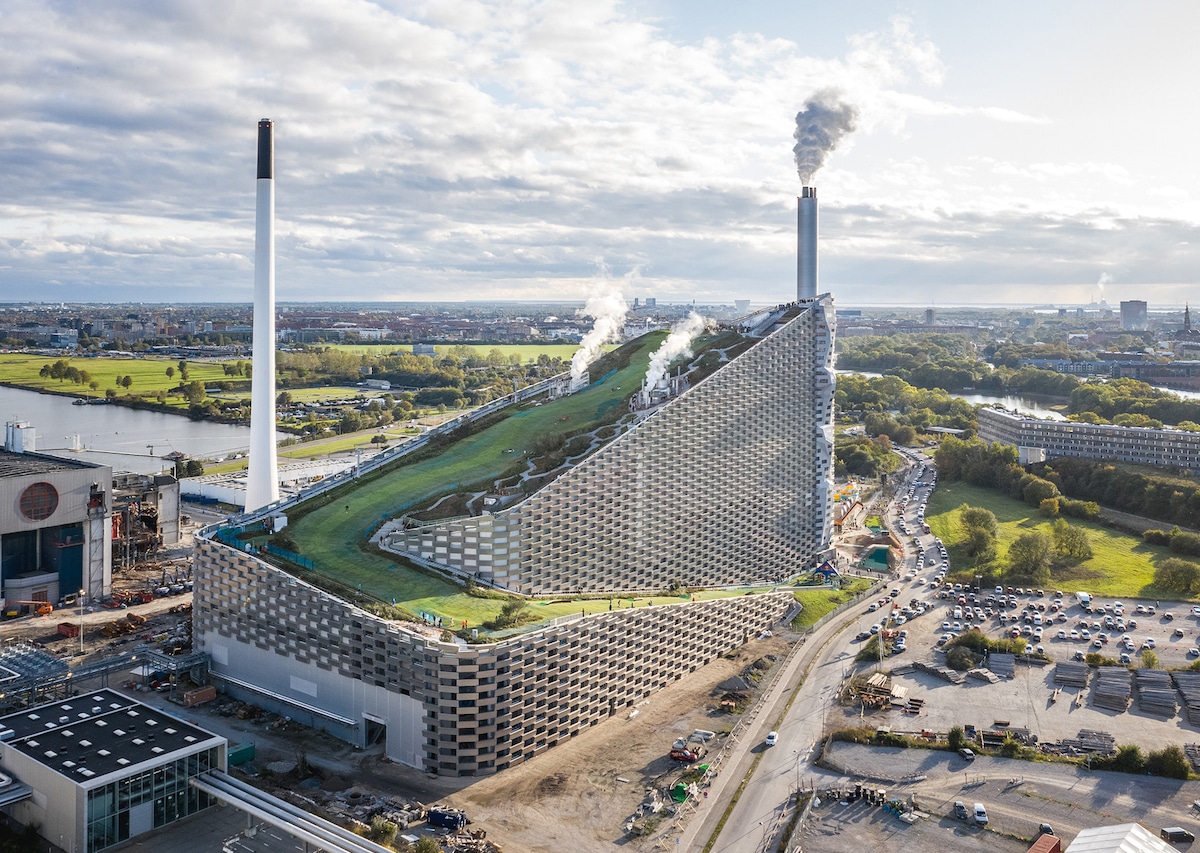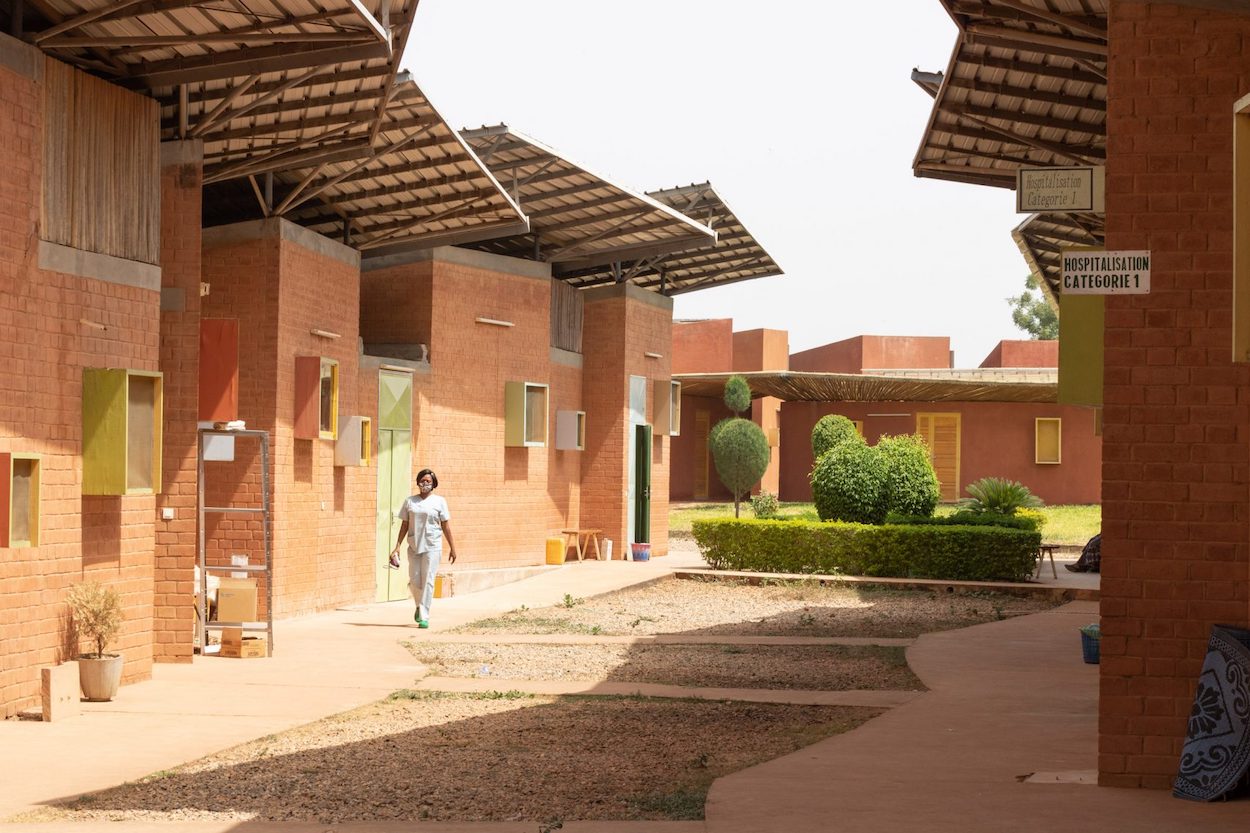This week, a record-setting heat wave swept across Europe, sparking wildfires that threatened lives and upended routines in Spain, France, Greece, and the UK. London’s fire service noted its busiest day since World War II, recording more than 2,600 calls and 41 destroyed buildings. Politicians attributed the tinderbox conditions to the intensifying effects of global warming, with London mayor Sadiq Khan urging further action to tackle the climate crisis. “This is not normal,” he told BBC News. “These are exceptional times.”
The world has been weathering the effects of climate change for decades, from melting permafrost causing sea levels rising to prolonged droughts and wildfires sparked by extreme heat. At COP26, the UN’s annual climate conference, scientists warned that if nations fail to immediately pivot from fossil fuels, even greater catastrophic consequences await. The same applies to the built environment, which accounts for nearly 50 percent of global carbon emissions. To meet standards set by the Paris Agreement and UN Sustainable Development Goals, the energy efficiency of all buildings must improve by three percent each year.
That benchmark will require widespread effort to attain, especially considering that global building floor area is expected to double by 2060. (It’s the equivalent of adding an entire New York City to the world every month for the next four decades.) The movement to decarbonize the built environment has been top of mind for the nonprofit Architecture 2030, which in 2006 issued a challenge for architecture firms to make all new buildings and renovations carbon neutral by 2030. Participation is still optional, but the AIA reported that the combined projects of the 600 signatory firms offset 17.7 million metric tons of carbon emissions in 2018.
In order for new buildings to achieve zero emissions, the World Economic Forum recommends eliminating fossil fuel use for heating, reducing the use of refrigerants, and using renewable energy sources and low-carbon or recycled materials in construction. The last point is particularly dire: As temperatures rise in previously moderate climates, more energy will be required to cool buildings. More than 3.6 billion cooling appliances are in use around the world—a number that’s growing by 10 devices every second. They’re a huge source of emissions, consuming large amounts of electricity and accounting for as much as a 0.5-degree Celsius rise in global temperatures by the end of the century.
In less developed countries, efforts are underway to revive regional styles of architecture that use naturally cooling vernacular materials. Handcrafted homes built using sun-dried mud bricks to absorb heat are making a comeback in India, where cement became the dominant building material in the late 20th century. The Pritzker Prize laureate Francis Kéré focused his Berlin studio on researching materials that can de-escalate and withstand the effects of climate change within his home country of Burkina Faso in West Africa. His projects combine vernacular construction with European technologies, employing cheap and locally available materials like clay to reduce temperatures during the country’s sweltering summers.
“We’re running out of time,” Harvard University Graduate School of Design professor Jesse Keenan told AD in 2018. “Everybody has to do everything. It has to be the AIA, the profession, the state licensing boards, and the schools of architecture and design. They have to step up and start training students because there’s theoretical and aesthetic and conceptual knowledge that you can learn to engage people in environmental problems. We need to start teaching [architecture] students and making sure that we’re certifying them to a certain professional standard.”
With so many factors at play, there’s no clear-cut solution to solving the climate crisis. Architecture firms are still beholden to building codes, so a crucial part of pushing the industry toward a less catastrophic future involves strengthening those codes on local, state, and international levels. Efforts are slow going in the United States, but President Biden announced new executive steps to combat climate change this week after months of stalled negotiations over environmental legislation in Congress. The initiatives include allocating $2.3 billion for programs to help communities prepare for disasters by retrofitting buildings and helping low-income families cover heating and cooling costs.



